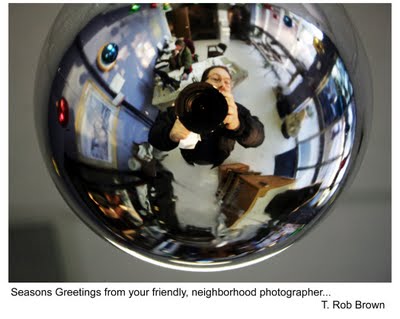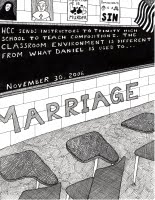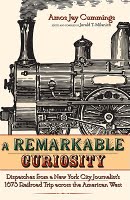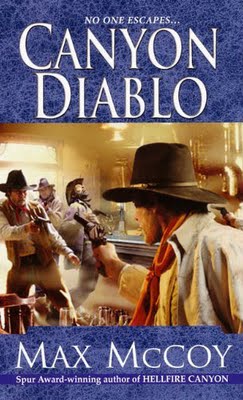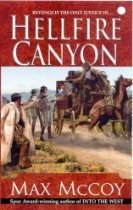Wide shot
Here's a shot of the entire building. The old entrance is on the left (west) side of this photo, facing west. The original prison building did not have a green peaked roof, nor did it have the church-like addition on the east side.
Here's what the territorial jail originally looked like in the 1890s, from a photo in the Oklahoma Historical Society Archives. Look closely and you can see the steps leading up to the iron cage and main entrance on the second floor.
Here's a tiny barred window that is on the ground floor of the prison, visible on the old photo just above the bottom of the steps. This was a special cell sometimes used for female prisoners, usually prostitutes, if I'm reading my sources correctly.
Did I encounter any ghosts while visiting the old territorial prison? Well, no. But there was a decidedly weird and malevolent vibe to the place -- but maybe that's just because I knew a little history. Oh, and what happened to Bill Doolin, the famous Oklahoma Territory outlaw who famously broke out in 1896? I'll save that story for my next post...
